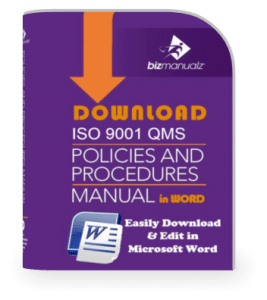ISO 9001 Frequently Asked Questions Answered
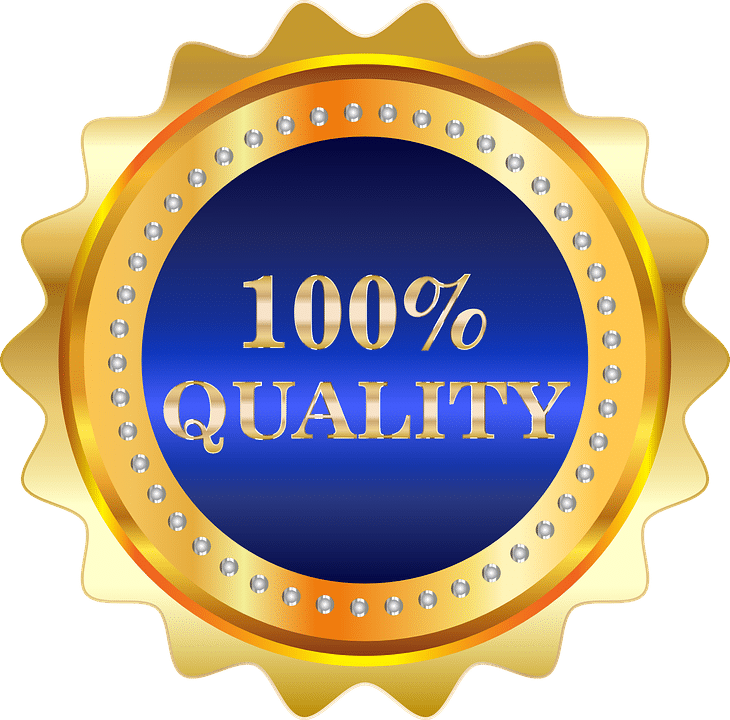
Many people ask ISO 9001 questions wanting to know what is ISO? What does iso mean? What is ISO 9001? And what are the different ISO 900x quality standard versions? Your ISO 9001 frequently asked questions answered.
What is ISO?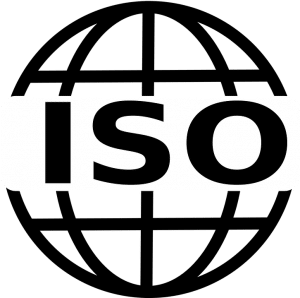
ISO (International Organization for Standardization) was established in 1947 as a worldwide federation of national standards bodies, at present comprising over 160 members, one in each country. The object of ISO is to promote the development of standardization and related activities in the world with a view to facilitating international exchange of goods and services, and to developing cooperation in the spheres of intellectual, scientific, technological and economic activity. The results of ISO technical work are published as International Standards.
What is ISO 9000?
The ISO 9000 family of quality standards represents an international consensus on good management practices in a Quality Management System (QMS) with the aim of ensuring that the organization can time and time again deliver the product or services that meet the client’s quality requirements. These good practices have been distilled into a set of standardized requirements for a quality management system, regardless of what your organization does, its size, or whether it’s in the private, or public sector.
Why Implement ISO 9001?
To keep customers satisfied your product (or service) needs to meet their requirements. ISO 9001 standard provides an internationally tried and tested framework for taking a systematic approach to managing your business processes (your organization’s activities) so that they consistently turn out products conforming to customer expectations. Thus resulting in consistently happy customers!
What’s more, Many industries from all over the world now require it from their subcontractors including the automotive (IATF 16949), Aviation (AS9100) and government/military contracts. The bottom line is that more and more, customer are demanding a commitment to and proof of quality.
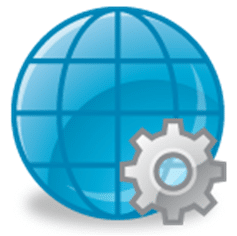 How Does the ISO 9001 Standard Work?
How Does the ISO 9001 Standard Work?
The requirements for a quality management system have been standardized even though most of us think our business is unique. So how does ISO 9001 allow for the diversity of an enterprise versus a multinational manufacturing company with service components, or a public utility, or a government administration?
The answer is ISO 9001 lays down the requirements your QMS must meet, but does not dictate or prescribe how you should meet those requirements within your organization – which leaves great scope and flexibility for implementation in different business sectors and business cultures…as well as different national cultures. One suggestion is to develop a Lean ISO system using lean six sigma methods.
The ISO 9000 family includes standards that give organizations guidance and requirements on what constitutes an effective quality management system. ISO 9004-1 (and the other parts of ISO 9004) are the standards giving guidelines on the elements of quality management and a quality system.
The family also includes models against which this system can be audited for ISO registration to give the organization and its clients assurance that the system is operating effectively. Lastly, the family includes a standard on terminology, and other standards, which can be described as “supporting tools”, that give guidance on specific aspects, such as auditing quality systems.
What is the Difference Between ISO 900x?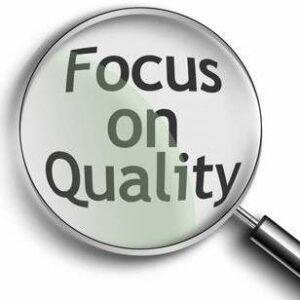
If you have heard of ISO 9000, then it is most probably through ISO 9001, ISO 9002 or ISO 9003, the three quality assurance models from the ISO 9000:1994 standard against which organizations were certified. At some stage, you have probably wondered what the difference between them is. The answer is that the difference is simply one of scope. (Note: ISO 9000:2000 merged ISO 9002 and ISO 9003 into ISO 9001).
ISO 9000
ISO 9000 is often used to refer to the family of documents in ISO 900x QMS. It specifically refers to the standard terms document or ISO 9000 QMS fundamentals and vocabulary used by ISO 9001.
ISO 9001
ISO 9001 sets out the auditable requirements for an organization whose business processes range all the way from design and development, to production, installation and servicing; Today, this is the surviving standard and many people may refer to it as ISO 9000 also.
ISO 9002
This refers to an older version of the standard. It used to apply an organization which does not carry out design and development, ISO 9002 was the appropriate standard, since it does not include the design control requirements of ISO 9001 – otherwise, its requirements are identical; ISO 9002 is now obsolete. It has been merged into ISO 9001 and can be excluded if an organization does not carry out design.
ISO 9003
This refers to an older version of the standard. ISO 9003 was the appropriate standard for an organization whose business processes do not include design control, process control, purchasing or servicing, and which basically uses inspection and testing to ensure that final products and services meet specified requirements. ISO 9003 is now obsolete. It has been merged into ISO 9001 and can be excluded if an organization does not carry these functions.
ISO 9004
QMS Guidelines for performance improvement. ISO 9004 is a guideline document that provides an explanation of the ISO 9001 clauses and example that can assist in the development of an effective and efficient QMS.
What is the Difference Between ISO 9001 Versions?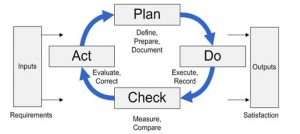
ISO quality standard rules demand that its standards be reviewed periodically in the light of technological and market developments. Historically, the ISO 9001 standard has changed over time roughly every seven years.
- ISO 9001:1987 The first version was based on contract standards set by British Standards Institute (BSI), adopted from NATO AQAP-1, and the US Defense standard MIL-Q-9858.
- ISO 9001:1994 Changed the focus from contracted parties to customer satisfaction, thus broadening the appeal to a wider audience.
- ISO 9001:2000 was completely rewritten focusing on customer satisfaction through the process management approach, 8 QMS principles, and continual process improvement.
- ISO 9001:2008 Introduced some vocabulary changes but no new changes to the auditable standard itself.
- ISO 9001:2015 was rewritten Introducing a renewed emphasis on effectiveness and risk-based thinking.
- ISO 9001:2022 is expected (but not certain) to include no changes similar to the 2008 revision (amendment).
The old standards, for example: ISO 9000:1994 was phased out entirely requiring ALL businesses seeking certification to have in place the new standards by December 2003. The latest ISO 9001:2015 is now going through the same transition, but is not expected to change in 2022. Those business that do not comply with the latest version will lose their certification. More information is available on ISO 9001 directly from the ISO Website.
What is ISO 9001:2000?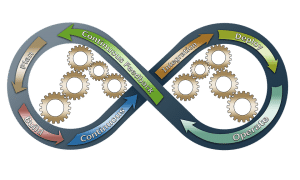
The 2000 revisions of the ISO 9000 series represent the most thorough overhaul of these standards since they were first published in 1987! The new ISO9001:2000 standard replaced the old ISO 9000:1994 on 15 December 2000. ISO 9001:2000 is now obsolete. It was replaced by ISO 9001:2008, a minor change.
Why do you need ISO 9001 certification? ISO 9001:2000 specifies requirements for a quality management system for all organizations that need to demonstrate their ability to consistently provide products or services that meet customer and applicable regulatory requirements while aiming to enhance customer satisfaction. ISO 9001:2000 has been organized into a user-friendly format with terms that are easily recognized by all business sectors. The standard is used for certification/registration and contractual purposes by organizations seeking recognition of their quality management system.
This version takes into account developments in the field of quality and the considerable experience that now exists for implementing ISO 9000. New Changes Include:
- Reduced number of standards
- Explicit requirements for achieving customer satisfaction and continual improvement
- Improved logical structure
- An approach based on managing organizational processes
- Easier to use by service-sector organizations and by small businesses
- Built on eight universal quality management principles
- Possibility of going beyond certification to achieving satisfaction not just of customers, but of all interested parties, such as employees, shareholders and society as a whole.
What is ISO 9001:2008?
The 2008 revisions of the ISO 9000 series was a minor update of these standards . The ISO 9001:2008 standard replaced the old ISO 9001:2000 in December 2008. ISO 9001:2008 will be obsolete by the fall of 2018. Companies will have three years to transition and may still register to the 2008 version until this time.
What is ISO 9001:2015?
The ISO 9001:2015 revision is another significant update. Many new changes are occurring that increase the emphasis on risk assessment and decrease the focus on documentation. The latest standard is expected out in the fall of 2015. Companies will have three years to transition to the new version and may continue to use the 2008 version until this time.
What are some Common ISO Examples?
Take a look at the graphical symbols on the dashboard of your car or at the pictorial symbol on a package marked with handling instructions such as “This way up”. Various ISO technical committees have developed or adopted hundreds of carefully researched signs and symbols that convey clear-cut messages which cross language boundaries.
On the inside cover of nearly every book, there is something called an ISBN number. ISBN stands for International Standard Book Number. Publishers and booksellers are very familiar with ISBN numbers, since they are the key way that books are ordered and bought. Try buying a book on the Internet, and you will soon learn the value of the ISBN number there is a unique number for the book you want! And, it is based on an ISO quality standard.
Almost everything you need and use for work and home comes from somewhere else. Whether departure and destination points are as close as A to B, or as far apart as Antwerp and Bangkok, freight containers ensure a smooth passage for your goods and materials. From truck to train, from boat to plane, there are more than five million freight containers transiting across the globe. This has become possible principally through international standardization.
Yet another example: the chair that you’re probably sitting on, or the desk your computer is perched on, are held together by bolts and screws. Humble bolts and screws also hold together our children’s bicycles and also the aircraft we trust our lives to during business trips or holiday travel. The diversity of screw threads used to represent big problems for industry, particularly in maintenance, as lost or damaged nuts and bolts could not easily be replaced. A global solution is supplied in the ISO standards for metric screw threads.
A last example: the credit card you may have used to buy your computer can be used worldwide because all its basic features are based on ISO standards. We are so familiar with many objects, like credit or telephone cards, that we tend to assume they just “fell out of the sky”. In fact, the ease with which we can use them can be traced back to an ISO quality standard.
Quality Organization Links
Below is a list of organizations that provide additional information on ISO 9001 and ISO 14000.
- Alliance of Hazardous Materials Professionals
- Air & Waste Management Association
- American National Standards Institute (ANSI)
- American Society for Quality (ASQ)
- Automotive Industry Action Group (AIAG)
- The Energy and Environmental Division of ASQ
- International Accreditation Forum (IAF)
- International Auditor and Training Certification Association (IATCA)
- International Automotive Oversight Bureau
- ISO 9001 Auditing Practices Group
- International Organization for Standardization (ISO)
- International Organization for Standardization’s (ISO) Technical Committee 207 on Environmental Management
- Quality Excellence for Suppliers of Telcommunications (QuEST) Leadership Forum
- U.S. Standards Group on Quality, Environment, Dependability and Statistics (QEDS)

